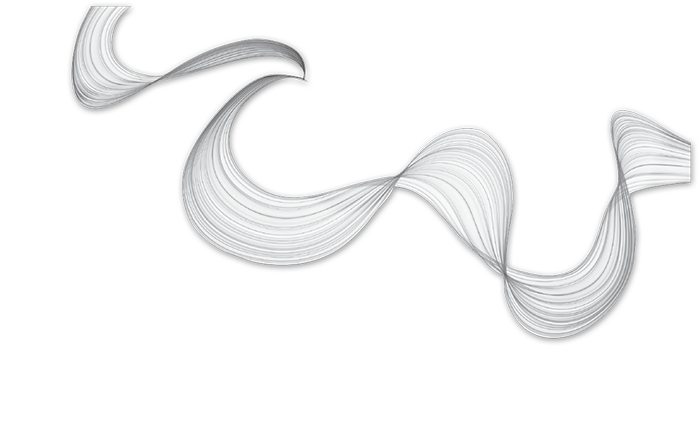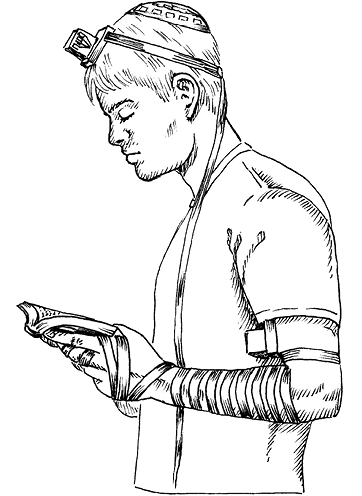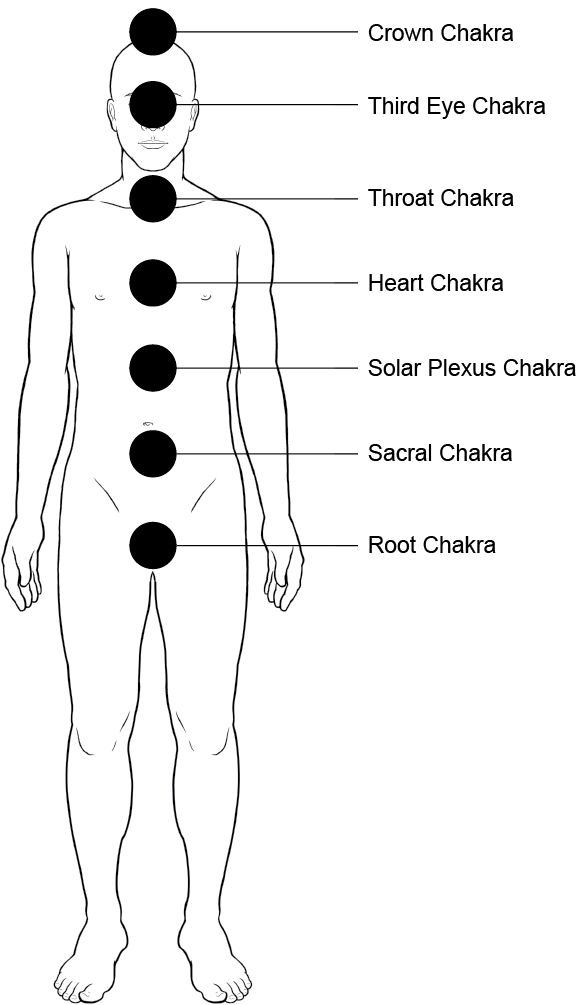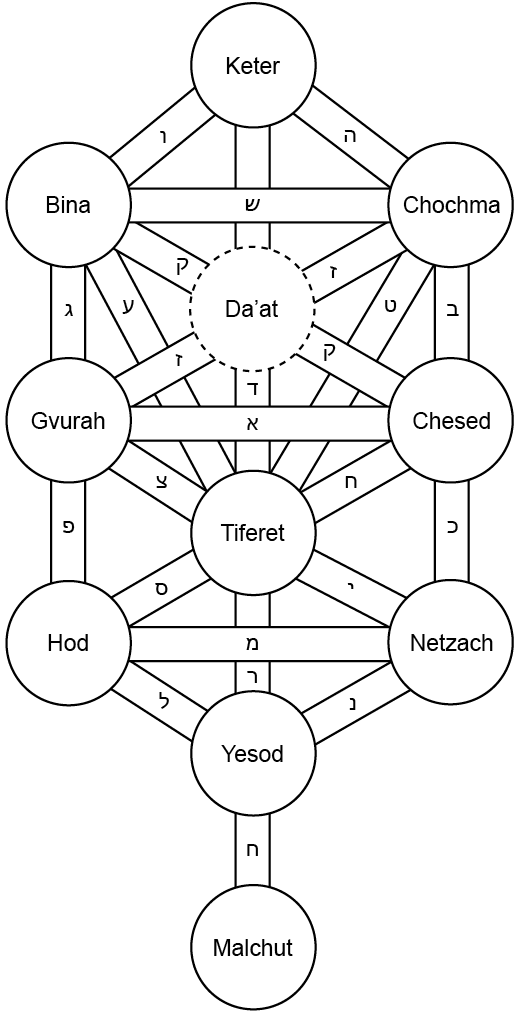
Energy Medicine
and Kabbalah
The ancient scholars and healers whose teachings are the foundation of Kabbalah and energy medicine observed life from very different perspectives. Today, we can appreciate their perceptions as part of an expanded worldview.
To review, Kabbalah is based on an attempt to understand the nature of God and our relationship as the Creation to the Creator. The mission of Kabbalah is seeking connection to the Creator, the Source of Infinite Light, symbolized as heaven, to bring down the light of higher consciousness. Kabbalists like the Ari, who sensed energy, interpreted his sensations in the context of the anatomy of the soul and connection to God.
By contrast, energy medicine comes from the world of creation, of nature, of the earth. Over the centuries many cultures have described the anatomy of the energy body and have practiced energy healing. For example, medicine men of several Native American peoples, Peruvian shamans, and other indigenous healers created practices and rituals that were attuned to the energies of the earth. Indian yogis and Celtic healers worked with the energy of the chakras based on their own traditions, rituals, and beliefs. The diversity of interpretations of the same phenomena provides a richness and depth to our own understanding of healing.
Chinese medicine, a foundation of Eden Energy Medicine, is based on thousands of years of observing natural cycles and their relationship to physical wellness and disease. The elements that make up these cycles—water, wood, fire, earth, and metal—are physical substances, grounded in earth metaphors.
There have always been those who could perceive energy with their senses. The interpretation of these perceptions over time became a way of looking at the world. Although one looked to heaven and the other to Earth, Kabbalah and energy medicine intersect and complement each other in fascinating ways.
Take, for example, the ancient morning pre-prayer ritual of putting on tefillin by adult Jewish men. Although it has no known connection to Chinese medicine or philosophy, this ritual uses acupressure points to connect to God. Putting on or “laying” tefillin involves wrapping leather straps around the arm, hand, and head in a carefully prescribed manner. Attached to the straps are leather prayer boxes which are placed on the head and nondominant biceps. The careful positioning of the straps and the placement of the boxes is ritually applied acupressure to elevate the spirit and clear the mind for prayer. Many of the points stimulated by the straps correspond to Chinese acupuncture’s Window of Heaven points that connect heart and mind. Here is an example of an actual kabbalistic relationship to the physical body, but its purpose is to ascend higher.54 The body is yoked to heaven, but not to earth.
I recently became aware of another intriguing intersection of Chinese medicine and Jewish ritual. When a section of the Torah is read in the synagogue, the passage is displayed by lifting the open scroll. The congregation rises singing praises to the Torah and it is customary in some communities to point the pinkie finger at the scroll. Pointing at the Torah with the pinkie was an unfamiliar custom to me and I was very curious as to its origins. An internet search revealed that there are many opinions as to the source of this custom and no definitive answer. Yet this custom provides a glimpse into the possibility of ancient connections. The path of heart energy, the heart meridian, ends at the tip of the pinkie finger. Pointing with the pinkie finger carries heart energy directly to the Torah.
Despite the difference in their approaches, Kabbalah and energy medicine are both based on the nature of and healing of relationships. A person in harmony within themselves, with others, and with their environment flows with a positive life-force energy that affects all their interactions. Health and vitality require balance and flow between all the levels of existence: physical, emotional, and mental. Kabbalah adds the level of the spiritual, the relationship to God. Imbalances or blockages at any level can create disease patterns in the others, so it is important to look at the whole picture, energy and Kabbalah both.55
Chakras and the Tree of Life
Although the Tree is a construct imagined on a primordial man made of light, it can be useful to imagine the Tree on an actual physical body. The late kabbalist Leonora Leet, in the Secret Doctrine of Kabbalah, likened the sefirot to the chakras. It’s a compelling comparison that helps illustrate how the kabbalists and the yogis of India interpreted the same human energy patterns through the filters of their own beliefs, culture, and era. These interpretations are all valid and serve to enhance the nuances of our understanding.
For instance, the yogic tradition and Kabbalah share the idea that we are sanctuaries of divine light and the stronger our “vessel” is, the more light we can hold and transmit. The traditional Sanskrit greeting, namaste, means “the divine light in me recognizes and honors the divine light in you.”
To review, the chakras are concentrated energy centers. The word chakra comes from a Sanskrit root meaning “wheel” or “disc.” The chakras are vortexes, spinning at specific points on the subtle energy body. There are many chakras but seven major ones run up the center of the body. For example, the third chakra is in the center of the solar plexus. Our well-being is directly related to the health of our chakras. Chakras can be worked with directly on the body. Energy testing allows for assessment and correction of imbalances and other issues that have direct impact on the mind, emotions, and physical body.
Although in the diagrams below the sefirot may look like chakras, remember that the Tree is a mental construct, composed of archetypes, symbols, and qualities. It is a non-linear hologram, existing simultaneously in the physical, emotional, mental, and spiritual realms. Imbalances in the sefirot can also be assessed and rebalanced but the techniques for healing such imbalances are not physical. As I was taught by Dr. Shems Prinzivalli, kabbalistic healing can take place totally in the mind of the healer.
Roots in Heaven/Roots in Earth
The chakras are often referred to by number. The numbering begins with connection to the earth. The root chakra is considered the first, the crown is the seventh and highest. In the Tree, this is reversed. The crown, Keter, is also the highest point, but is considered the ROOT because it is the closest to the Or Ein Sof, the Source of Infinite Light. It is said that the Tree is upside down because the roots of the tree are in heaven. Keter could therefore be considered the first sefira but numbers are rarely if ever used when referring to sefirot.
The seven major chakras run from the earth to the crown up the central channel on the front and through the body. The Tree also has a central column and the sefirot on the central column share many similarities with the corresponding chakras, specifically the first, second, fourth, sixth, and seventh.
Central Column Sefirot Compared with Chakras
- The first chakra, the root chakra, can be compared to Malchut.
The root chakra is the physical connection to the earth. It holds patterns of survival, safety, security, tribal/family history, and expectations.
Malchut is a complex concept. In addition to the qualities represented by the root chakra, Malchut is the expression of the the divine feminine/Shechina, and the physical world.
Recall that the Tree is made of light, but Malchut, like the moon, has no light of her own. Because Malchut is the farthest sefira from Keter and the connection to the Infinite Light, all the light has been distributed to the other sefirot before it can reach her directly. Instead, she has a unique role. She receives and holds the light that filters down from the sefirot above it creating stability in the entire Tree. The stronger, more resilient, and stable Malchut is, the more light the Tree can hold. Interestingly, I have experienced this when studying kabbalistic texts. The words on the page can have so much spiritual energy that reading or hearing them sometimes causes our study group to feel dizzy and unstable. We stop and focus on Malchut, consciously returning to the solidity of our physical bodies before we continue with the text.
Kabbalistic healing is also enabled by the strength of Malchut. In energy healing, grounding is essential and is largely a function of the root chakra. In kabbalistic healing, it is the sefira of Malchut that creates the stable and safe vessel necessary for healing.
- The womb (sacral) or second chakra can be compared to Yesod.
The second chakra shares with Yesod the qualities of bonding, sexuality, creativity, joy, and wonder. Because Kabbalah is male-oriented, Yesod is referred to extensively as the male phallus. This is in contrast to the names “womb” or “sacral chakra” used for the second chakra.
- The fourth chakra lies over the the heart and so is referred to as the heart chakra.
The heart chakra lies at the center of the seven main chakras: three chakras lie above and three below. The heart chakra holds the energy of love for self and others, caring and compassion, as does Tiferet, which means beauty. Tiferet also lies at the center, the center of Ze’er Anpin ( Z”A), the six sefirot that make up the son/man/archetype.
- The sixth chakra is located at the third eye, between the eyebrows.
It corresponds to Da’at, a “quasi” sefira, which literally means “knowing.” The third eye chakra is, like Da’at, the source of intuition, inner knowing, and cosmic vision.
Da’at creates the balance between Chochma/wisdom and Bina/understanding, the right and left brain. In the metaphysical anatomy of Adam Kadmon, this aspect of Da’at, like the sixth chakra, lies at the third eye. It is connected to the corpus callosum, the anatomical bridge separating the cerebral hemispheres. Another aspect of Da’at connects the mind and heart. Da’at is a balance point for the tension of opposites and a gateway where divine inspiration, Ruach Hakodesh, is said to enter the body.
Because of its unfathomable nature, Keter is sometimes not included with the lower sefirot. The Sefer Yetzira says there are exactly ten sefirot, so when Keter is hidden and not included in the ten, Da’at is counted as the revealed aspect of Keter.
- The crown chakra at the top of the head corresponds to Keter, also called the crown. Keter, like the crown chakra, is the connection to spirit and universal Oneness.
Many healers and scholars also recognize eighth and ninth chakras that lie above the head and connect to higher consciousness.
The Right and Left Columns
The seven main chakras run up the central line of the body. This corresponds to the central column of sefirot, the “trunk” of the Tree. In addition, the Tree also has columns on the right and left side whose sefirot are polar opposites. The central column is the column of balance between them.
Is there a corresponding balance in the chakras?
Although it is beyond the scope of this book, it can be noted that the yogic/Hindu tradition recognizes channels of energy called nadis. Two of these channels intertwine and snake up the central channel on the left and right side of the body intersecting at the chakras.
According to the Hindu tantras, there are seventy-two thousand or more nadis through which stimuli flow like an electric current from one point to another. The nadi system was in place in the East long before the chakras, meridians, or the Tree. It is interesting to speculate that perhaps observation of the nadis long ago evolved into the chakras, meridians, and even the Tree.
The Tree and Chinese Medicine
Chinese medicine is based on the natural cycles of the earth. Energy is visualized in interconnected channels called meridians that flow through the body like a river. The meridians correspond to different organs and physical systems, the seasons of the year, and properties of yin/feminine and yang/masculine.
In a more abstract way, the twenty-two letters of the Hebrew alphabet form stabilizing channels on the Tree of Life, connecting the sefirot like meridians.
In Chinese medicine, as in the Tree, the right side of the body is considered more yang/masculine and the left side yin/feminine. However, gender is a relative term in Kabbalah. Although two of the ten sefirot, Bina/the Partzuf of Ema (Mother) and Malchut/the Partzuf of NOK (daughter/woman), are considered more feminine, the Tree is a hologram so genders are present in various forms and relationships with each other in each sefira and partzuf. In Chinese medicine gender is specific. Of the fourteen meridians, seven are considered yang and seven are considered yin. The fourteen form seven yang/yin pairs, related to each other like husbands and wives.
Heaven and earth are also universal symbols of masculine and feminine. In Kabbalah they are represented in the Tree by the partzufim of Z”A as the K”BH and NOK as Shechina. These are abstract concepts with many rich layers of meaning to reveal. In the Chinese meridian system the ideas of heaven and earth are based a natural rhythm, specifically the direction of the meridians’ flow. The majority of yang energies (heaven), such as stomach, gall bladder, and bladder, begin in the head and flow down the body. In contrast, most yin energies (earth) such as kidney, liver and spleen, begin at the feet and flow up the body.
This concept of male energies coming from above to below, and feminine energies rising from below to above is also found in the letter aleph. The upper yud represents the masculine flow of consciousness from above to below and the lower yud the feminine that attracts the masculine from below to above.
Elements and the Tree of Life
The Chinese meridians correspond to five basic elements: water, wood, fire, earth, and metal.
Elements are also found in the Tree. The three letters that lie in the horizontal connections between the right and left columns are called mother letters and represent elements of fire, air, and water. Between Binah/understanding and Chochma/wisdom is  /Shin, fire. Between Chesed/compassion and Gvurah/judgment is
/Shin, fire. Between Chesed/compassion and Gvurah/judgment is  /aleph, air. Between Netzach/endurance and Hod/gratitude is
/aleph, air. Between Netzach/endurance and Hod/gratitude is  /mem, water.
/mem, water.
Earth element is a foundational element in Chinese medicine. Earth in the Tree is understood to be a synthesis of fire, air, and water. There is no letter for Mother Earth.
Kabbalah and the Radiant Circuits
The anatomy, state, and elevation of the soul is studied extensively in Kabbalah. There are five different layers of soul that associate to parts of the Tree, to the family of partzufim, the different worlds, and the Name YHVH. They range from the lowest animal soul, the Nefesh, to the highest soul that is part of the Oneness, Yicheda. For our purposes, we will call them collectively Neshama/soul. The soul is the life-force and is considered pure as is stated in Judaism through the daily affirmation: “YHVH, the soul you have given me is pure.”
I was surprised to find a discussion of the soul in energy medicine, but not surprised to discover that the soul is associated with the energies of light called the radiant circuits. The radiant circuits are the energies of joy and healing miracles.56
As previously described, the radiant circuits do not travel in meridian pathways but can go anywhere they are needed. When activated by feelings of wonderment, awe, or bliss, the body instantly lights up all over. In these moments you may also feel yourself as part of an expanded reality, even a state of oneness with the universe. Physical sensations, such as chills or goose bumps, tell us our lights are on, even if we cannot see them.
The lights spread from person to person and we often experience this phenomenon in ourselves when we witness activated radiant circuits in someone else. When people see a bride walking down the aisle, or a new mother holding her baby, we recognize them as “radiant,” “glowing,” and “lit up” and their lights activate ours.
The Infinite Light is a way of referring to God the Creator and it is divine light that activates the Tree of Life. We can even imagine the radiant circuits as divine sparks for the radiant circuits are often described as the energetic link between heaven and earth. In fact, Donna Eden has observed that radiant energy enters a baby at birth from heaven and earth simultaneously. These two energy flows connect in the heart and become the heart chakra.
Keeping our “lights on” helps to create balance and healing on all levels. Several practices in Part 2 weave kabbalistic symbolism into Eden radiant circuit exercises. These include tracing infinity patterns, and the chapters on Boundaries, the Rakia Flow, and the Sh’ma Hook-In.
It is time to spread the light.
54 Steven Schram, “Tefillin: An Ancient Acupuncture Point Prescription for Mental Clarity,” Journal of Chinese Medicine no. 70, October 2002.
55 Ibid.
56 They have many names such as strange flows, extraordinary vessels, or wondrous wires. Referring to them as radiant circuits helps connect them directly to ideas in the Zohar, the Book of Radiance.



